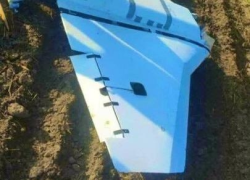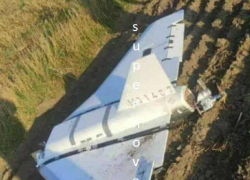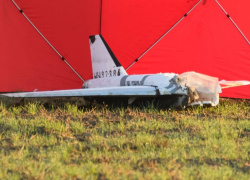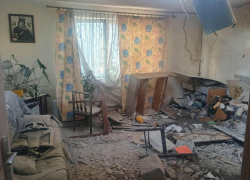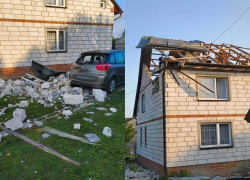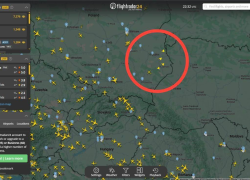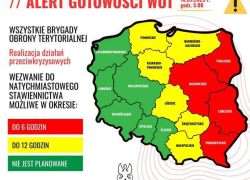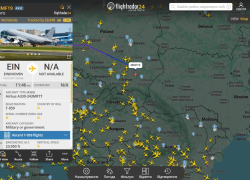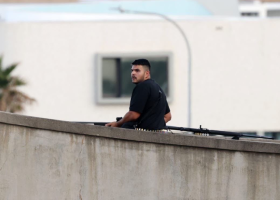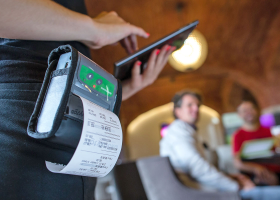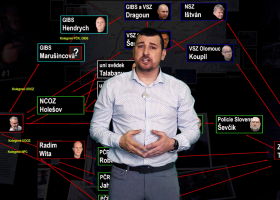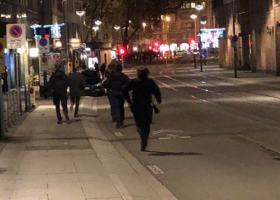-
Drones violated Polish airspace. The Poles want to invoke NATO's Article 4.
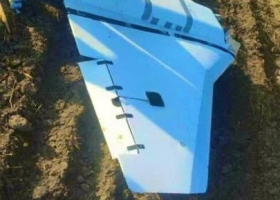
© Dron na místě pádu v Polsku On the night into Wednesday, 10 September 2025, Russian unmanned drones repeatedly violated Polish airspace, constituting an unprecedented act of aggression against a NATO member state. The Polish military ordered immediate defensive responses against these drones and three or four drones were shot down, with airspace over part of Poland temporarily closed. In addition to Polish F-16 fighters, allied aircraft took part in the engagement, including Dutch F-35s and Italian reconnaissance aircraft, and NATO radar systems were also involved. The incident was described as a direct threat to the safety of Poland’s residents, and Prime Minister Donald Tusk emphasized the country’s readiness to defend against similar attacks.
The Polish government convened an extraordinary session and requested activation of Article 4 of the North Atlantic Alliance, which obliges allies to address common threats. A total of 19 Russian drones violated Polish airspace, with most having come from Belarus. The Polish army thanked NATO command for support in securing the airspace. At the same time Polish authorities issued instructions to residents of eastern regions not to go outside.
The Russian drones that violated Polish airspace fell most frequently in regions of eastern Poland, near the borders with Belarus and Ukraine. Locations where debris was found include the villages of Wyryki, Czosnówka, Wyryki-Wola and Jarosławiec. Some drone wreckage was discovered as far away as fields near Mniszków close to Łódź, which means one of the drones flew more than 200 kilometers inland.
The most notable case of material damage occurred in the village of Wyryki in eastern Lublin Voivodeship, where wreckage of a Russian drone struck a residential house and damaged its roof and ceiling. Fortunately no one in the house was injured. Police and local authorities confirmed the incident happened early in the morning, with residents hearing an explosion and subsequently seeing Polish fighters in action. Additional damage was recorded to a car in front of the house. In other cases the drones mostly fell into open fields or forests near the border, for example at Czosnówka and Jarosławce[
Russia rejected the accusations and claims the drones came from Ukrainian territory, which both Poland and the Ukrainian side denied. Ukrainian President Zelensky warned that Moscow is escalating its aggression and his country supports Poland in its defensive measures. Western NATO members are calling for further steps to strengthen defenses and ensure stability in the region in connection with this escalation of Russian military drone activity near alliance borders. Poland even activated a mobilization system, whereby called-up reservists are to be active in selected areas within six hours.
The whole situation points to growing tension and security risks in eastern Europe, where activities of Russian unmanned systems are perceived as part of a broader conflict and at the same time as a test of NATO’s and its member states’ ability to respond to modern hybrid threats, including violations of allied countries’ airspace.
They are said to be Gerbera drones. The Russian Gerbera drone represents a new generation of cheap, mass-produced unmanned systems designed primarily for deceptive attacks and to overwhelm an opponent’s air defenses. Its main advantage is a simple construction from foam materials, which not only significantly reduces production costs but also makes radar detection more difficult thanks to its ability to absorb radar waves and its low heat signature.
Gerbera is technically less sophisticated than the well-known Shahid-136 drone, from which it is structurally derived. With a wingspan of about two meters and an estimated range of up to 300 kilometers, it serves as a versatile platform – used for reconnaissance, kamikaze and decoy purposes. The drone is powered by a pusher combustion engine and reaches speeds over 100 km/h. The capabilities of some versions are extended by the ability to connect to mobile networks using a SIM card, which enables data transmission and remote control even over enemy territory.
In combat conditions a typical scenario is the simultaneous launch of a larger number of Gerbera drones, with most acting only as decoys while others may carry a small warhead. The mass deployment of this cheap equipment places increased demands on air defenses, thereby increasing the chance of penetration by more expensive attack systems. Precisely because of its ability to imitate pricier drone types and to saturate defenses, Gerbera plays a key role in the modern Russian strategy of hybrid attacks. In the past there have been reports of a possible attack or some kind of test of Polish air defenses using these very drones, whose wrecks were found on Polish territory.


